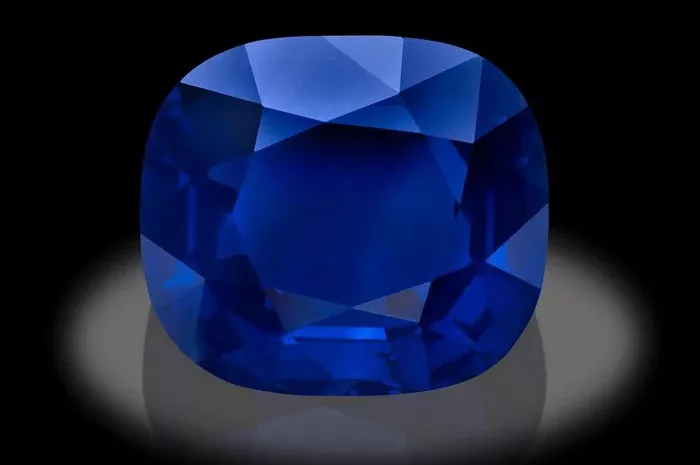Bright yellow sapphires are highly valued in the world of gemstones, renowned for their vibrant hues and elegant beauty. However, these gemstones are also notably rare, making them highly sought-after by collectors and jewelry enthusiasts. Understanding the reasons behind the rarity of bright yellow sapphires requires an exploration of their geological origins, chemical composition, and the unique conditions that contribute to their formation. This guide will provide a detailed introduction to the factors that make bright yellow sapphires so rare, offering insights into the geological processes, mineralogy, and market dynamics that influence their availability.
Geological Origins
The rarity of bright yellow sapphires begins with their geological origins. Sapphires, including those with yellow hues, are formed under specific conditions within the Earth’s crust. These conditions include high temperatures, pressures, and the presence of certain minerals and trace elements.
Formation Processes
Sapphires are a type of corundum, a crystalline form of aluminum oxide (Al₂O₃). Corundum crystals form in igneous and metamorphic rocks, often in association with magmatic activity or regional metamorphism. The formation of sapphires requires temperatures of around 2,000 degrees Celsius and pressures of several thousand atmospheres. These extreme conditions are only found in specific geological environments, such as deep within the Earth’s crust or near volcanic and tectonic activity.
Mineral Composition
The mineral composition of sapphires also plays a crucial role in determining their color and rarity. Pure corundum is white, but the introduction of trace elements such as iron, titanium, chromium, and vanadium can result in a range of colors. In the case of yellow sapphires, the presence of trace amounts of iron and/or titanium is responsible for their warm, radiant hues. However, the precise balance of these elements required to produce a bright yellow color is relatively rare, making yellow sapphires less common than other sapphire colors such as blue or pink.
Unique Formation Conditions
In addition to their geological origins, the unique conditions required for the formation of bright yellow sapphires further contribute to their rarity.
Heat Treatment
While some yellow sapphires occur naturally, many are heat-treated to enhance their color. Heat treatment involves heating the gemstone to high temperatures in a controlled environment to alter its crystal structure and bring out its natural color. However, not all sapphires respond well to heat treatment, and the process can be unpredictable. This means that only a small percentage of sapphires undergo successful heat treatment, and those that do often exhibit more vivid and intense colors.
Source Regions
The rarity of bright yellow sapphires is also influenced by their source regions. The most famous deposits of yellow sapphires are located in Madagascar, Sri Lanka, and Australia. These regions have specific geological conditions that are conducive to the formation of yellow sapphires. However, these deposits are finite, and as mining continues, the availability of high-quality yellow sapphires decreases.
Market Dynamics
Finally, the rarity of bright yellow sapphires is also influenced by market dynamics. As a result of their scarcity and beauty, yellow sapphires are highly valued in the gemstone market. This has led to increased demand and competition for these gemstones, driving up prices and making them less accessible to the average consumer.
Supply and Demand
The supply of high-quality yellow sapphires is limited by the geological conditions required for their formation and the finite nature of existing deposits. Meanwhile, demand for these gemstones remains high, fueled by their popularity in jewelry and their status as a symbol of luxury and status. This imbalance between supply and demand has led to a steady increase in prices, making yellow sapphires even more rare and valuable.
Fashion Trends
Fashion trends also play a role in the rarity of bright yellow sapphires. As consumer preferences evolve, the demand for certain gemstone colors can fluctuate. Yellow sapphires have enjoyed a surge in popularity in recent years, particularly in engagement rings and other high-end jewelry. This increase in demand has further contributed to their rarity and value.
Conclusion
In conclusion, the rarity of bright yellow sapphires is a result of their geological origins, unique formation conditions, and market dynamics. The specific conditions required for their formation are rare and only found in specific geological environments. The presence of trace elements that produce yellow hues is also relatively uncommon. Furthermore, the finite nature of existing deposits and increased demand for these gemstones have led to a steady increase in prices, making yellow sapphires even more rare and valuable. Understanding these factors is crucial for appreciating the unique beauty and significance of bright yellow sapphires in the world of gemstones.
Related topic:
- Which Yellow Sapphire is the Best?
- Emerald Cut Champagne Sapphire: Why is it Unique?
- What is the charm of Purple sapphire?


